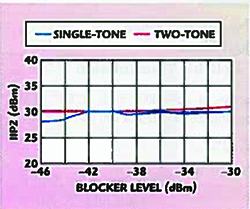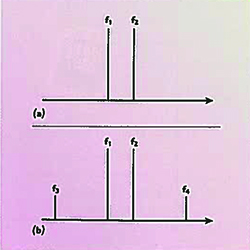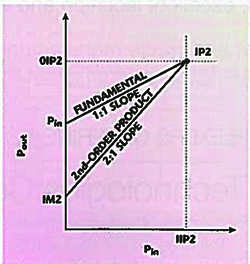
RF Budget Harmonic Balance Analysis of Low-IF Receiver, IP2 and NF - MATLAB & Simulink - MathWorks Italia

Single-ended IIP2 and minimum differential IIP2 of the single-balanced... | Download Scientific Diagram

Understanding IP2 and IP3 Issues in Direct Conversion Receivers for WCDMA Wide Area Basestations | Analog Devices

Understanding IP2 and IP3 Issues in Direct Conversion Receivers for WCDMA Wide Area Basestations | Analog Devices

IP2 vs IP3 | difference between second order intercept point(IP2)and third order intercept point(IP3)

















